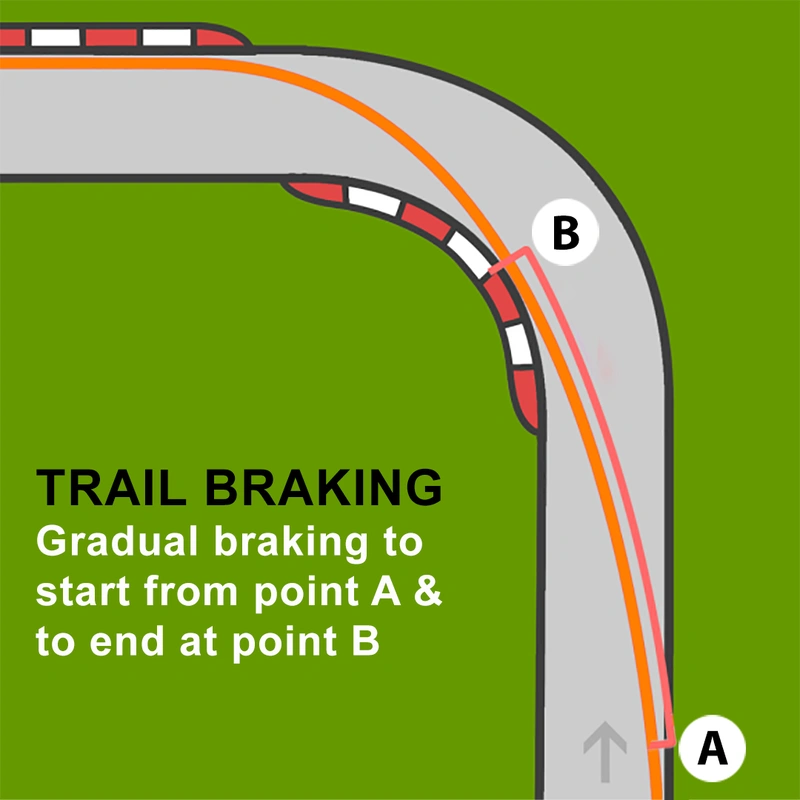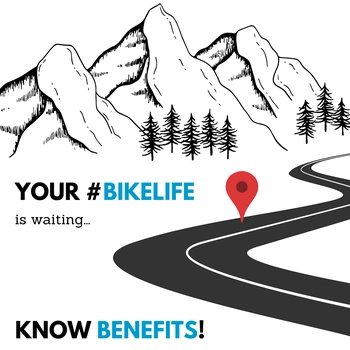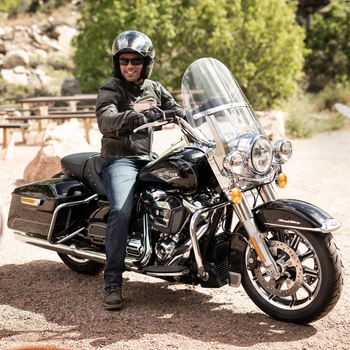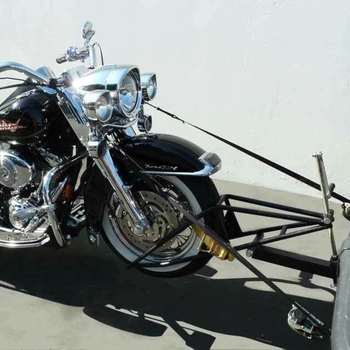
Braking is more than just slowing a motorcycle down. They allow a better grip and control of the motorcycle when we enter a corner especially at downhill and tight corners. Trail braking is one such technique of applying continued and gradual braking while turning into a corner at relatively high approach speed. Although the term is mostly related to road racers and performance rider, this braking technique is quite important for safe cornering at a safe speed.
Before discussing in-depth about trail braking, let us know what exactly a safe motorcycle speed at corner or turn means? A safe speed at a tight corner is the speed at which the motorcycle enters a corner comfortably with gradual acceleration and without the need of deceleration.
Coming to trail braking, it a blend of turning and braking at the same time which allows the rider to continue braking beyond the turn-in point. In simple words, in trail braking, when the lean angle increases while entering the corner, brake pressure is reduced. The main benefit of trail braking is that it allows the rider to enter the corner at higher initial speed and create the line you want by reducing the excess speed at the early part of the corner.
Another benefit of trail braking is that it slightly loads the front tyre and increased the contact patch, provide a better grip as you start to lean at the corner. Another point here is that the brake pressure required to slow the motorcycle is directly proportional to approaching speed from the point of braking, which means braking later requires more force unlike braking earlier. Trail braking which is a skill every racer masters is very helpful for street riders to save their skin and it means more than getting in and out of the corners faster.
How to trail brake at a corner?

At the first moment, spot the corner and start moving the bike to enter the corner safely as you usually do. Move your bike off-centre to the right if you are turning left and vice-versa to open up the corner and have a further view than before.
Based on the cornering angle and surface conditions, start braking at the point which you normally would do. Before pushing into the corner, at this point, start releasing the pressure gradually by releasing the brakes in a smooth and controlled way. This way at the apex of the corner, you would have released the brakes altogether. Remember to increase the lean angle as you release more brake.
By this time, you have slowed the bike and as the bike is now leaning, get geared up on the throttle. As the apex passes and you have a clear vision, start gradually accelerating the bike and bike up out of the corner. At first, the transition from off the brake and on the throttle may not be smooth but after enough practice, you will get used to trail braking on every ride.
For racers, this transition seems seamless and with the fork compressed and higher load on the front tyre, the bike turns in faster without compromising their speed at corners and aids in smoother cornering.
Trail braking allows the rider to extend the time and distance of braking to get the entry speed right especially at mid-corner obstacles and tight turning. When the rider enters at the corner with low brake pressure and there is a need to slow a bit more, the chances of upsetting the chassis becomes pretty low.
Leaning the bike load the fork slightly and the act of pressure release and leaning cancel each other, preventing loss of front tire traction. As trail braking combines both cornering and braking together, it becomes very important to have light brake pressure to unnecessarily lose the traction.






